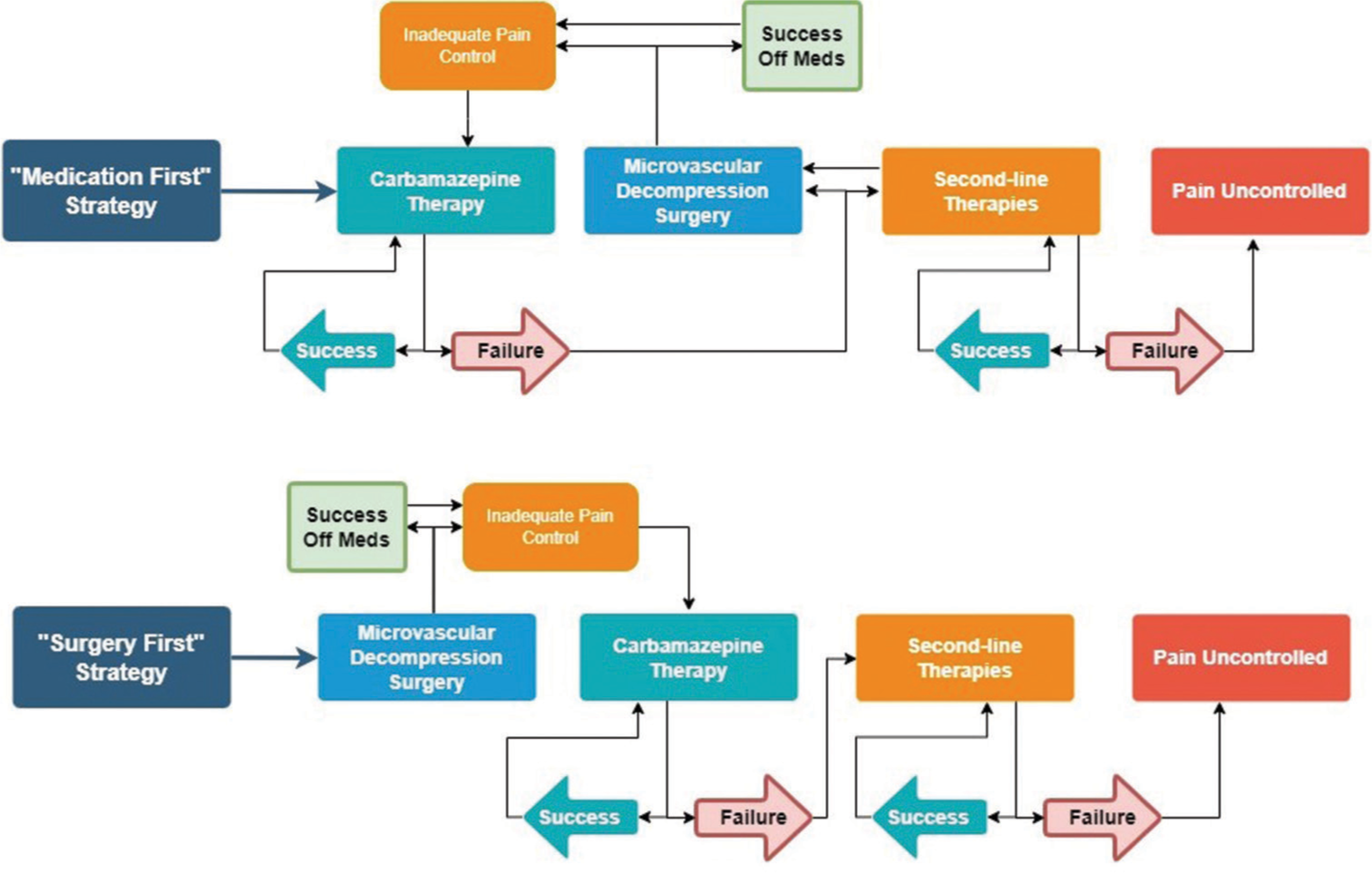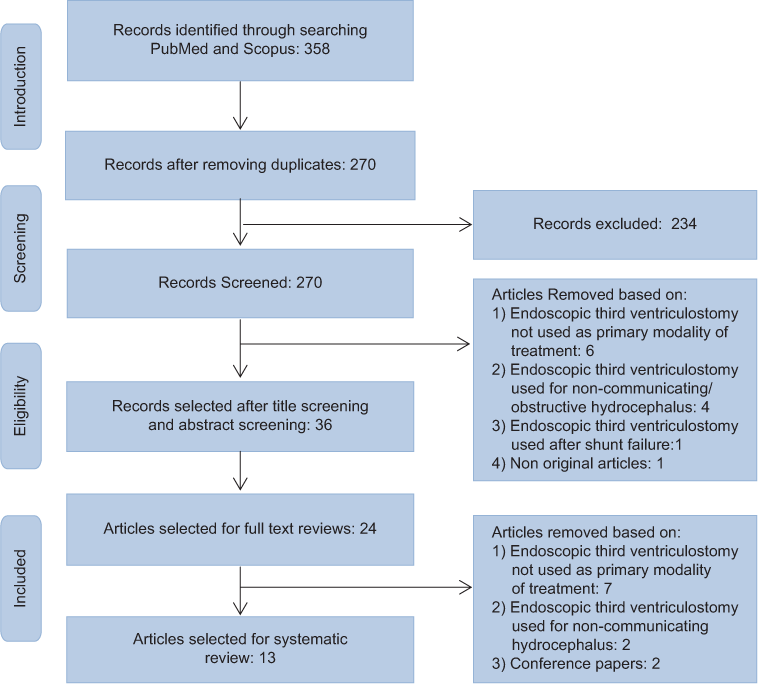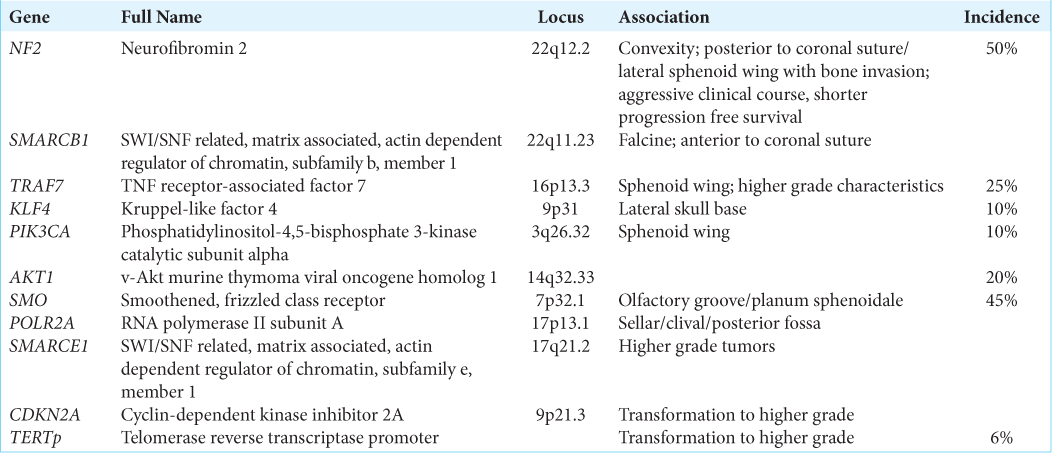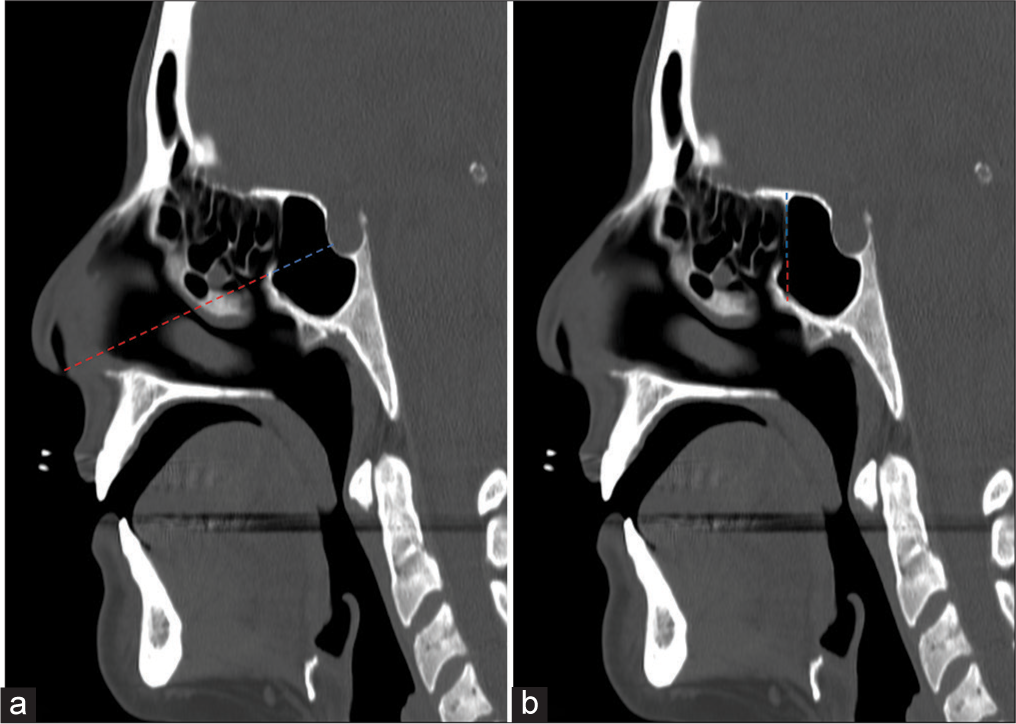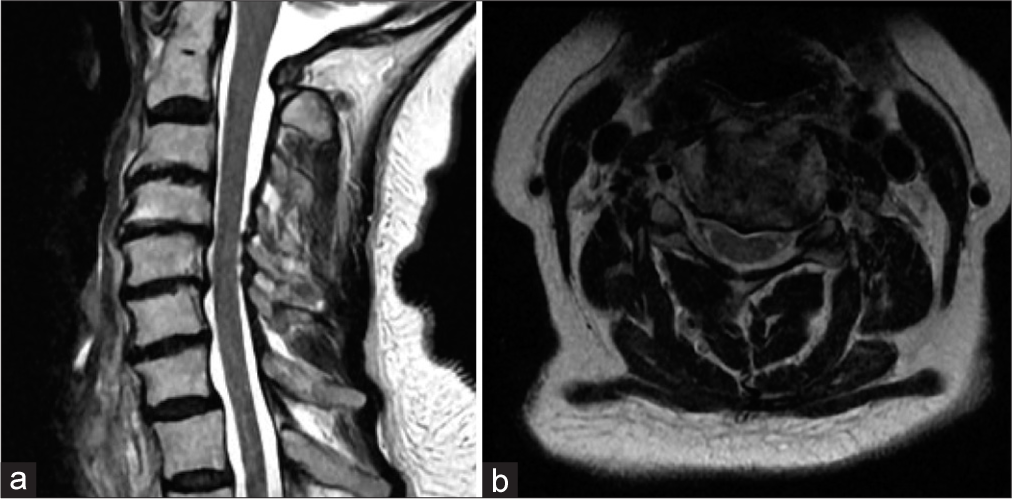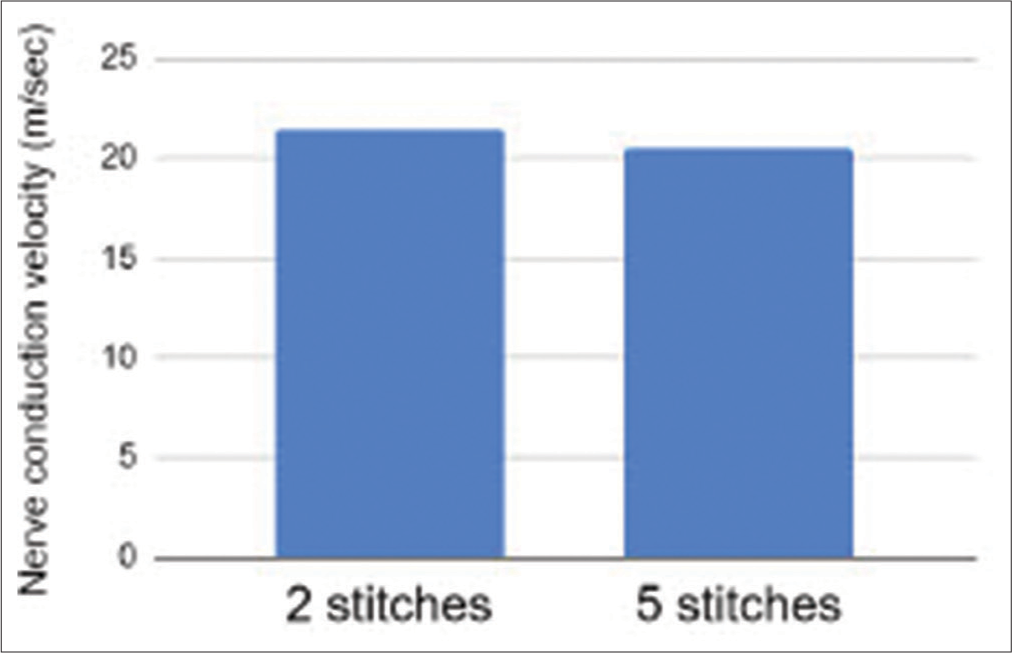A cost effectiveness analysis of two treatment strategies for trigeminal neuralgia in Ontario
Date of publication: 10-May-2024
Background: Trigeminal neuralgia (TN) is a debilitating disease with an annual incidence of approximately 4–27/100,000. In Ontario, over 2000 patients receive interventions for profound pain, including medical and surgical therapies. The global expected cost of these approaches is unknown. This study aims to analyze the cost-effectiveness of one surgical therapy, microvascular decompression (MVD), compared with the best medical therapy (carbamazepine) as first-line therapy.
Is endoscopic third ventriculostomy a viable treatment option for normal pressure hydrocephalus? A systematic review
Date of publication: 10-May-2024
Background: Endoscopic third ventriculostomy (ETV) is considered an alternative treatment for hydrocephalus and has become a standard of care for obstructive hydrocephalus. Recent studies have also explored its role in normal pressure hydrocephalus (NPH). We conducted a systematic review aiming to assess the outcomes of this minimally invasive endoscopic technique as a viable treatment option for NPH.
Meningioma recurrence: Time for an online prediction tool?
Date of publication: 10-May-2024
Background: Meningioma, the most common brain tumor, traditionally considered benign, has a relatively high risk of recurrence over a patient’s lifespan. In addition, with the emergence of several clinical, radiological, and molecular variables, it is becoming evident that existing grading criteria, including Simpson’s and World Health Organization classification, may not be sufficient or accurate. As web-based tools for widespread accessibility and usage become commonplace, such as those for gene identification or other cancers, it is timely for meningioma care to take advantage of evolving new markers to help advance patient care.
Morphometric analysis of transsphenoidal surgery in Peruvian population
Date of publication: 10-May-2024
Background: Transsphenoidal surgery has become a key element in the approach to skull base pathologies. The objective of the study was to explore the morphometry of the sphenoidal region in the Peruvian population, with an emphasis on understanding its specific anatomical characteristics and providing quantitative data for the planning of transsphenoidal surgery.
C5 palsy following esophageal diverticulum resection
Date of publication: 10-May-2024
Background: C5 palsy (C5P) is a recognized potential postoperative complication of cervical spine surgery but has rarely been reported following an open esophageal diverticulectomy.
Intraoperative monitoring of cerebrospinal fluid gas tension and pH before and after surgical revascularization for moyamoya disease
Date of publication: 10-May-2024
Background: This study aimed to directly measure cerebrospinal fluid (CSF) gas tensions and pH before and after superficial temporal artery to middle cerebral artery (STA-MCA) anastomosis for moyamoya disease.
Intrasellar chordoma masquerading as a pituitary neuroendocrine tumor: Illustrative case
Date of publication: 10-May-2024
Background: Chordomas are rare, locally aggressive neoplasms recognized as derivatives of the notochord vestiges. These tumors typically involve the midline axial skeleton, and intracranial chordomas exhibit proclivity for the spheno-occipital region. However, purely intrasellar occurrences are extremely rare. We report a case of intrasellar chordoma, which masqueraded as a pituitary neuroendocrine tumor.
Acute hyponatremia post craniotomy resulting in a unilateral fixed and dilated pupil: A case study on diagnosis and management
Date of publication: 10-May-2024
Background: Postoperative hyponatremia is a known complication of intracranial surgery, which can present with depressed mental status. Hyponatremia resulting in focal neurologic deficits is less frequently described.
Akinetic mutism following bilateral parasagittal meningioma occupied supplementary motor area removal and the spontaneous recovery of symptoms
Date of publication: 03-May-2024
Background: Resection of bilateral parasagittal meningiomas of the dominant cortex is challenging. Some postoperative consequences are difficult to predict due to their low incidence. However, it is essential to recognize reversible symptoms. Akinetic mutism is a devastating but reversible symptom that occurs after supplementary motor area (SMA) injury. This report aims to provide more information to support the clinical progression of this syndrome.
A comparison of two versus five epineural sutures to achieve successful polyethylene glycol (PEG) nerve fusion in a rat sciatic nerve repair model
Date of publication: 03-May-2024
Background: We compared rates of successful polyethylene glycol (PEG) nerve fusion between two epineural suture repairs (2SR) and five epineural suture repairs (5SR) in a rat sciatic nerve transection neurorrhaphy model. We hypothesise that the two and five epineural neural suture repair groups will achieve a similar rate of PEG fusion.


